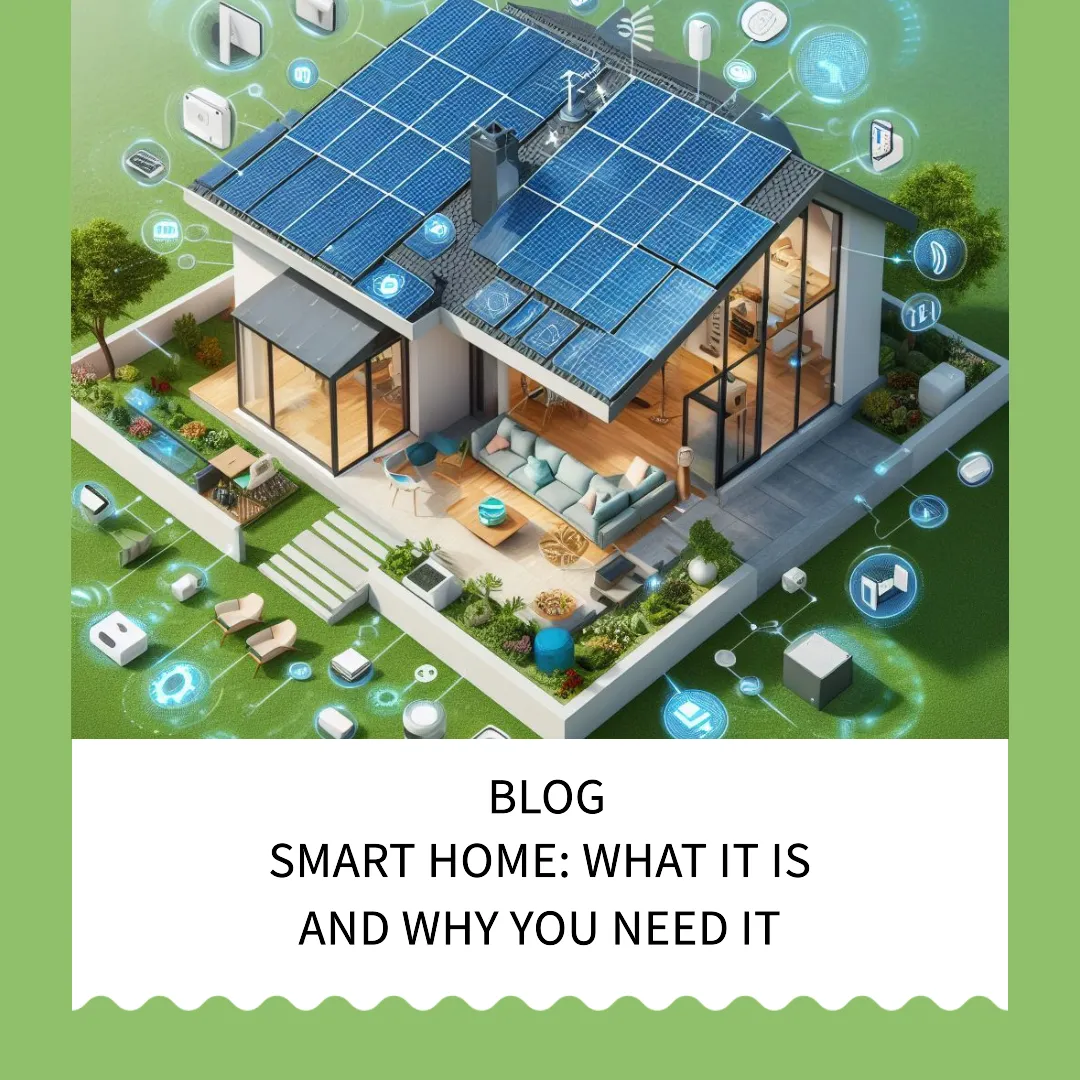Introduction
Have you ever wished you could control your home appliances with your voice, or check on your pets while you’re away, or save money on your energy bills? If you answered yes to any of these questions, then you might be interested in smart home technology. A smart home is a home that uses internet-connected devices to automate and monitor various aspects of your living environment. You can use your smartphone, tablet, or smart speaker to remotely control and manage your smart devices, or set up routines and schedules to make them work together seamlessly.
Benefits
There are many benefits of having a smart home, such as:
- Convenience: You can easily adjust the temperature, lighting, security, and entertainment of your home with a simple command or a tap on your screen. You can also create scenes and routines to automate common tasks, such as turning off the lights and locking the doors when you leave, or playing music and dimming the lights when you come home.
- Security: You can keep an eye on your home and your loved ones with smart security cameras, smart locks, and smart doorbells. You can also receive alerts and notifications when something unusual happens, such as a smoke alarm going off, a door opening, or a motion detected. You can also grant temporary access to your guests or service providers with smart locks and doorbells, without having to share your keys or codes.
- Comfort: You can create a comfortable and cozy atmosphere in your home with smart lighting, smart thermostats, and smart speakers. You can also customize your lighting and temperature preferences according to the time of day, the weather, or your mood. You can also enjoy your favorite music, podcasts, or audiobooks with high-quality sound and voice control.
- Energy savings: You can reduce your energy consumption and save money on your utility bills with smart devices that can optimize your energy usage and efficiency. You can also monitor your energy usage and get insights and tips on how to save more. For example, you can use smart thermostats to adjust your heating and cooling according to your schedule and habits, or use smart plugs to turn off your devices when they are not in use.
Smart Products
If you are interested in making your home smarter, you might want to start with some of the following smart home products:
- Solar home lights: These are lights that use solar energy to power themselves, without the need for wiring or batteries. They are ideal for outdoor lighting, such as garden, patio, or pathway lights. They can also be controlled with your smartphone or smart speaker, or set to turn on and off automatically according to the sunrise and sunset. Some examples of solar home lights are Ring Solar Pathlight, LITOM Solar Landscape Spotlights, and Brightech Ambience Pro Solar String Lights.
- Interaction light: This is a light that can change its color, brightness, and pattern according to your touch, voice, or motion. It can also sync with your music, games, or movies to create a dynamic and immersive experience. It can also be used as a night light, a mood light, or a party light. Some examples of interaction light are Nanoleaf Shapes, Philips Hue Play Gradient Lightstrip, and LIFX Beam.
- Solar fans: These are fans that use solar energy to cool your home, without the need for electricity or batteries. They are ideal for ventilation, air circulation, and temperature regulation. They can also be controlled with your smartphone or smart speaker, or set to turn on and off automatically according to the temperature or humidity. Some examples of solar fans are Natural Light Solar Attic Fan, Cowin Solar Fan System, and iLIVING Smart Exhaust Solar Roof Attic Fan.
- Sensor lights: These are lights that can detect motion, light, sound, or other triggers and turn on and off accordingly. They are ideal for security, safety, and convenience. They can also be controlled with your smartphone or smart speaker, or set to turn on and off according to your schedule or preferences. Some examples of sensor lights are Arlo Essential Spotlight Camera, Eufy Lumos Smart Bulb, and Sengled Smart LED Motion Sensor Light Bulb.
- Security cameras: These are cameras that can monitor your home and record video and audio of what’s happening. They are ideal for keeping an eye on your property, your family, and your pets. They can also send you alerts and notifications when they detect motion, sound, or other events. You can also view live or recorded footage from your smartphone or smart speaker, or communicate with your visitors or intruders with two-way audio. Some examples of security cameras are [Wyze Cam v3], [Ring Video Doorbell 4], and [Google Nest Cam IQ Outdoor].
- Wi-Fi routers: These are devices that provide wireless internet access to your home and your smart devices. They are essential for connecting and controlling your smart home devices, as well as enjoying fast and reliable internet for your online activities. They can also offer features such as parental controls, guest networks, security protection, and mesh networking.
Conclusion
In conclusion, smart home technology can offer many benefits and advantages for your home and your lifestyle. You can make your home more automated, safer, cleaner, and more enjoyable with smart devices that can work together and respond to your needs and preferences. You can also start small and add more devices as you go, or choose a smart home system that can integrate and manage all your devices easily. Whether you want to save energy, enhance security, improve comfort, or have fun, there is a smart home device for you.

 Home & Kitchen
Home & Kitchen Beauty & Lifestyle
Beauty & Lifestyle Health & Selfcare
Health & Selfcare Office & Stationery
Office & Stationery Sport
Sport Toys
Toys